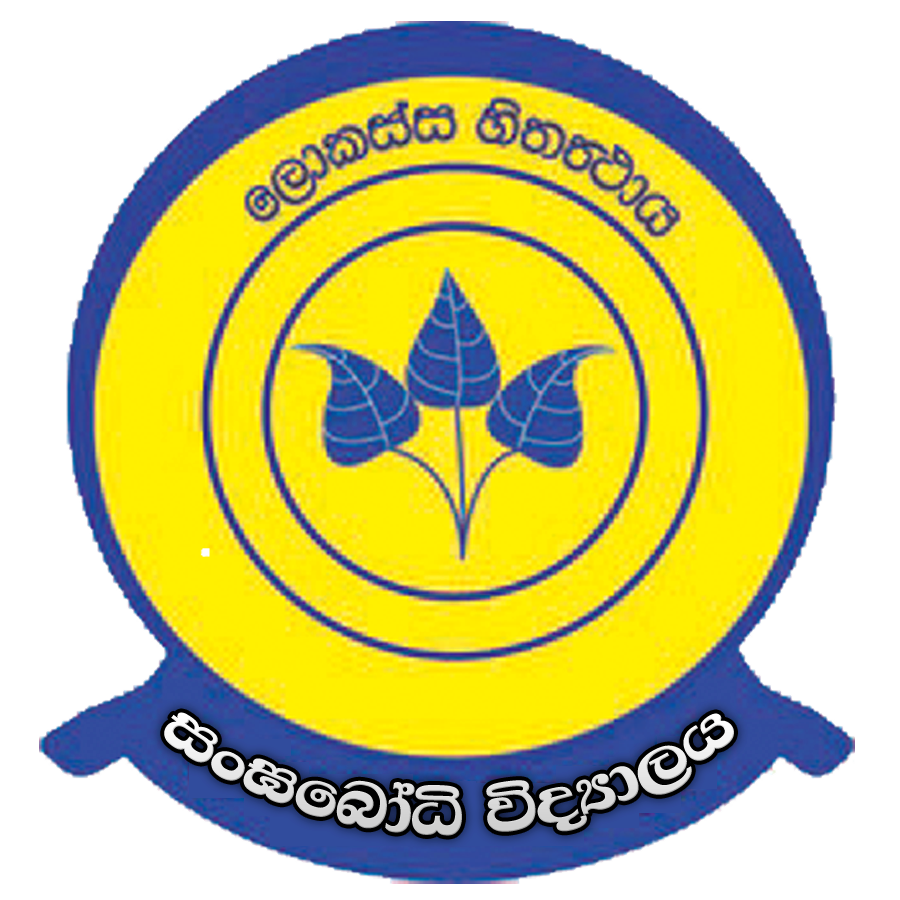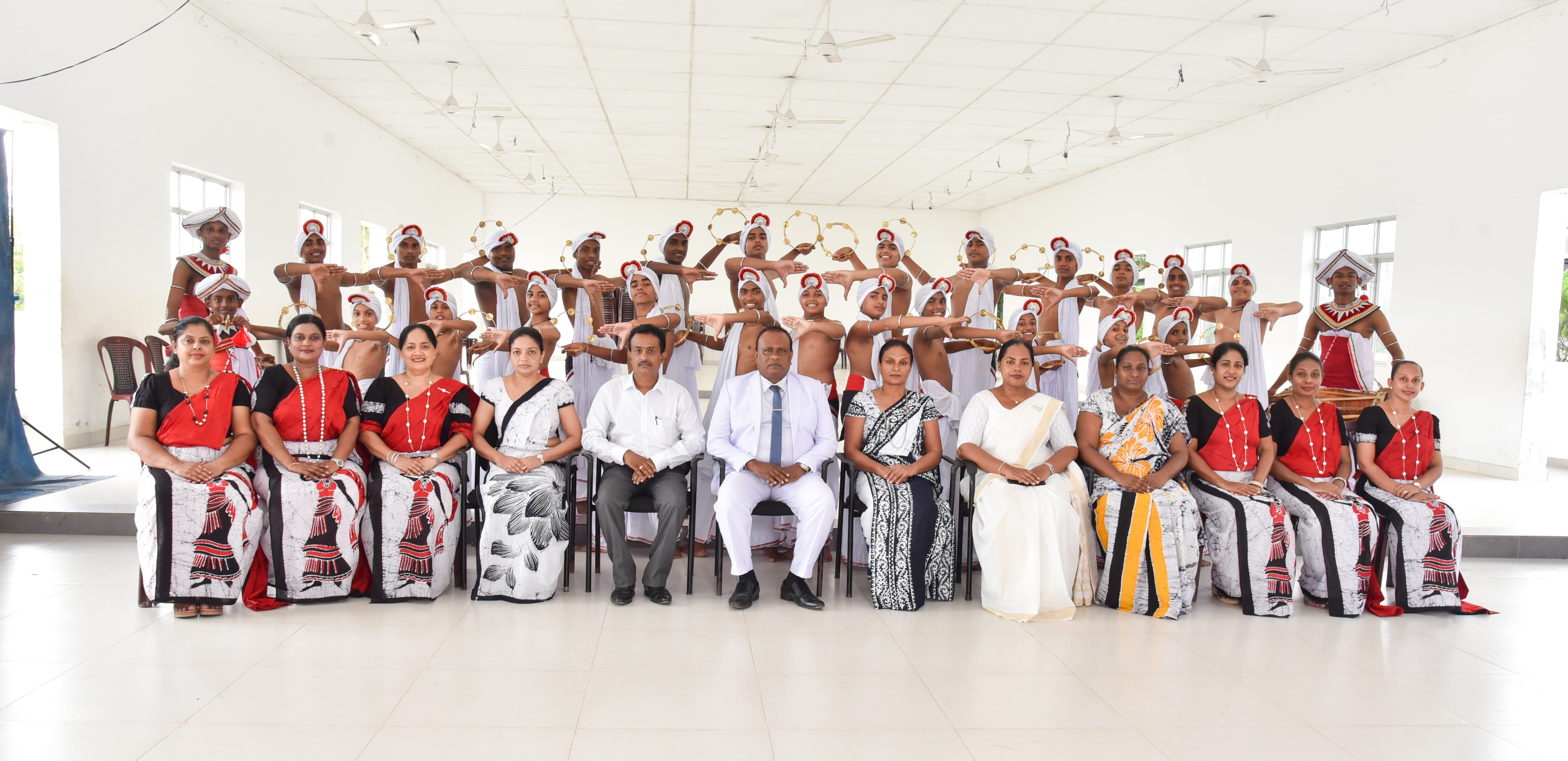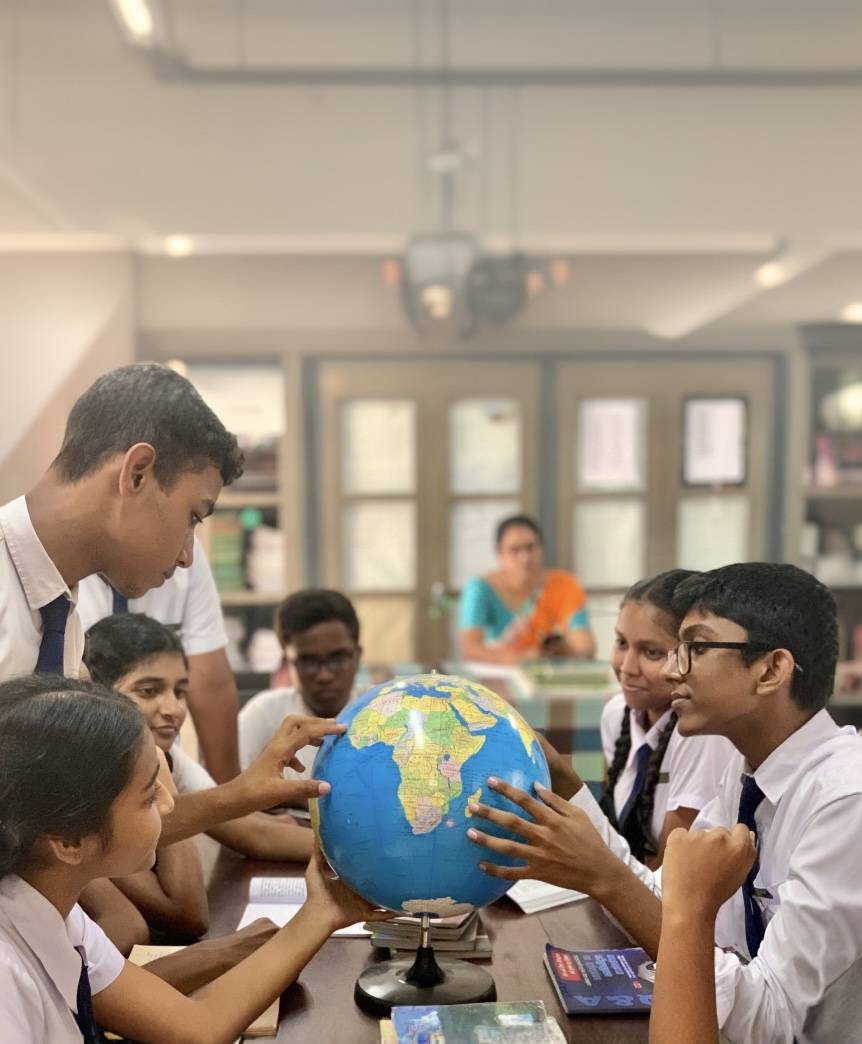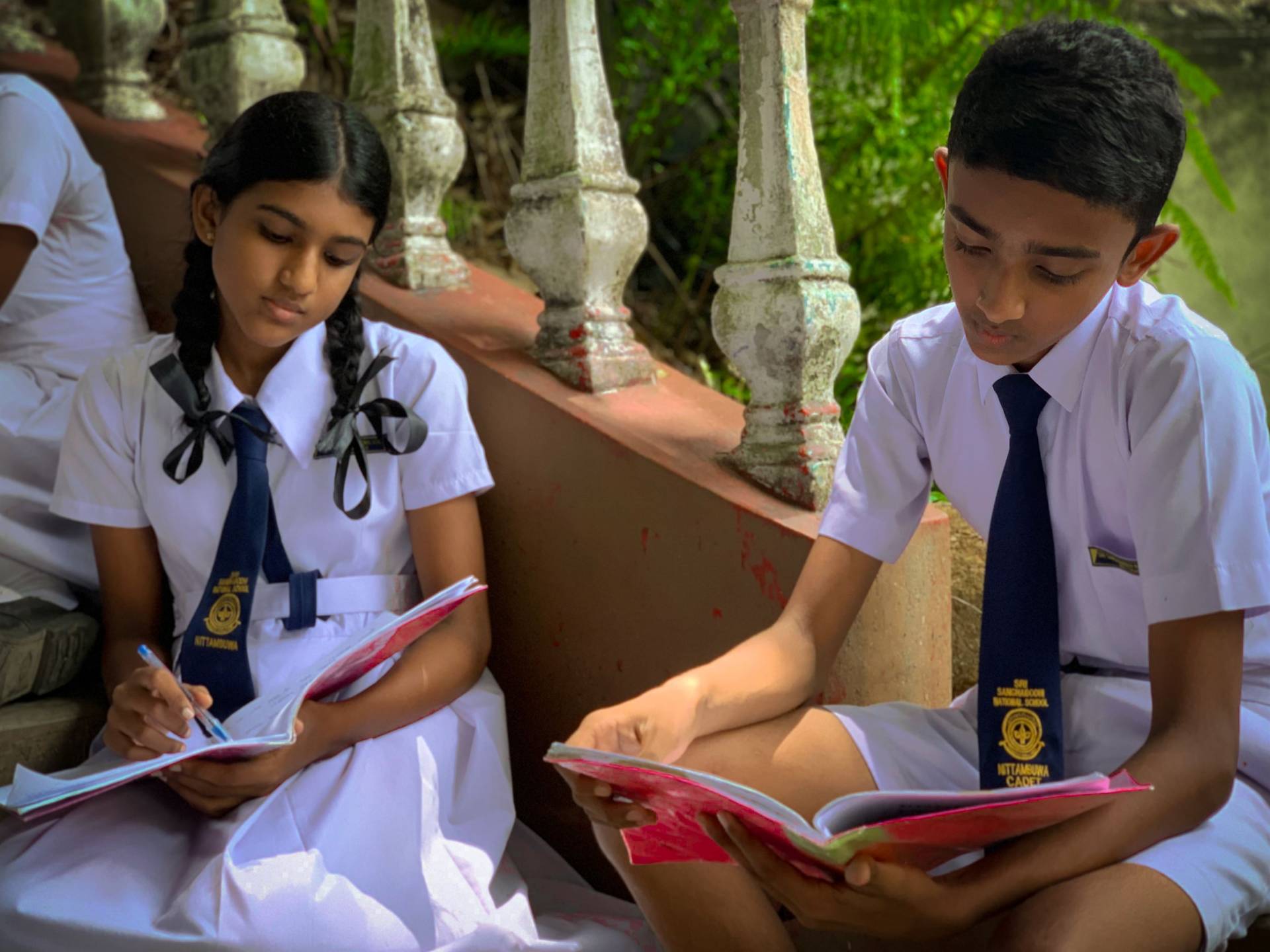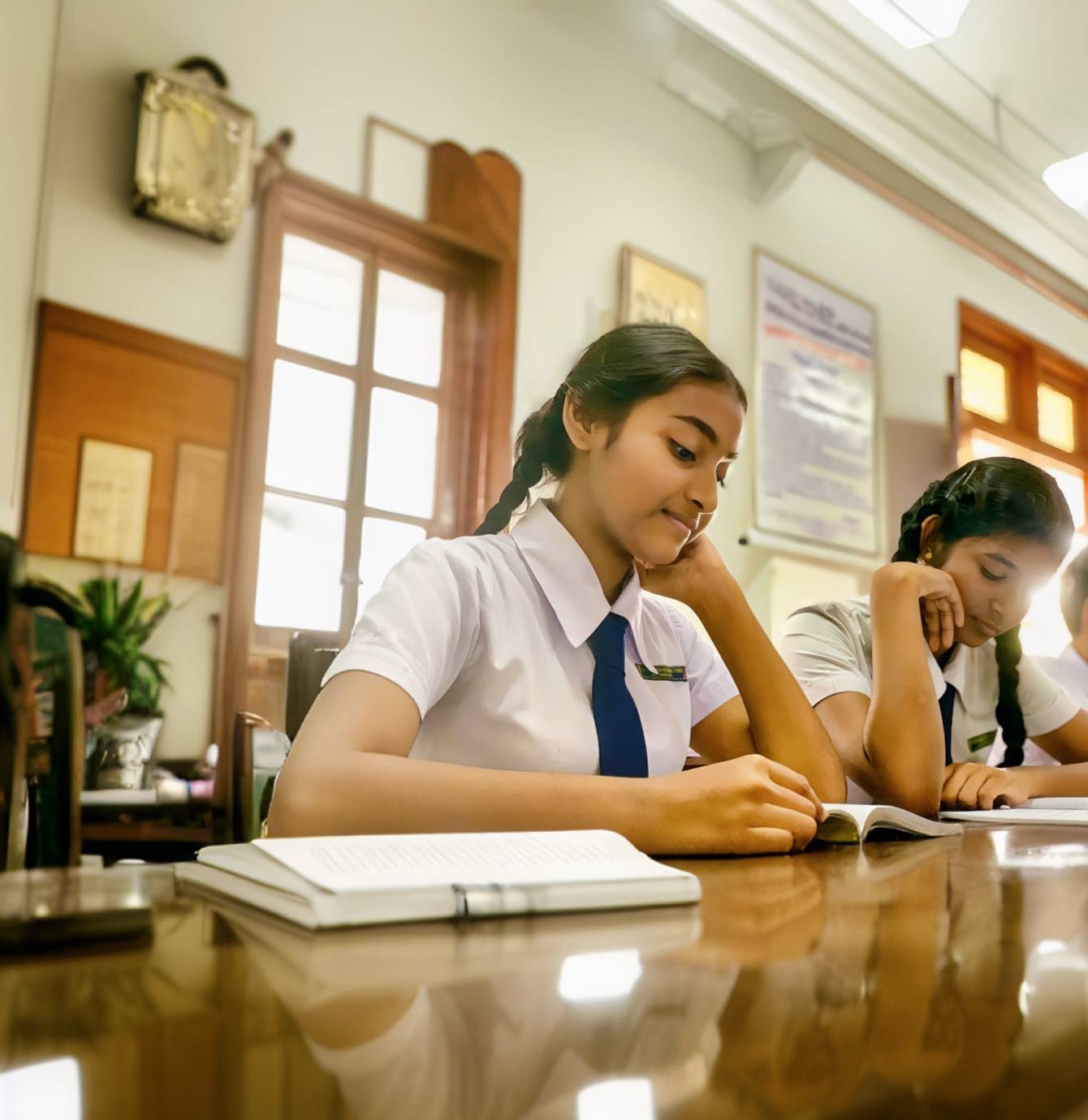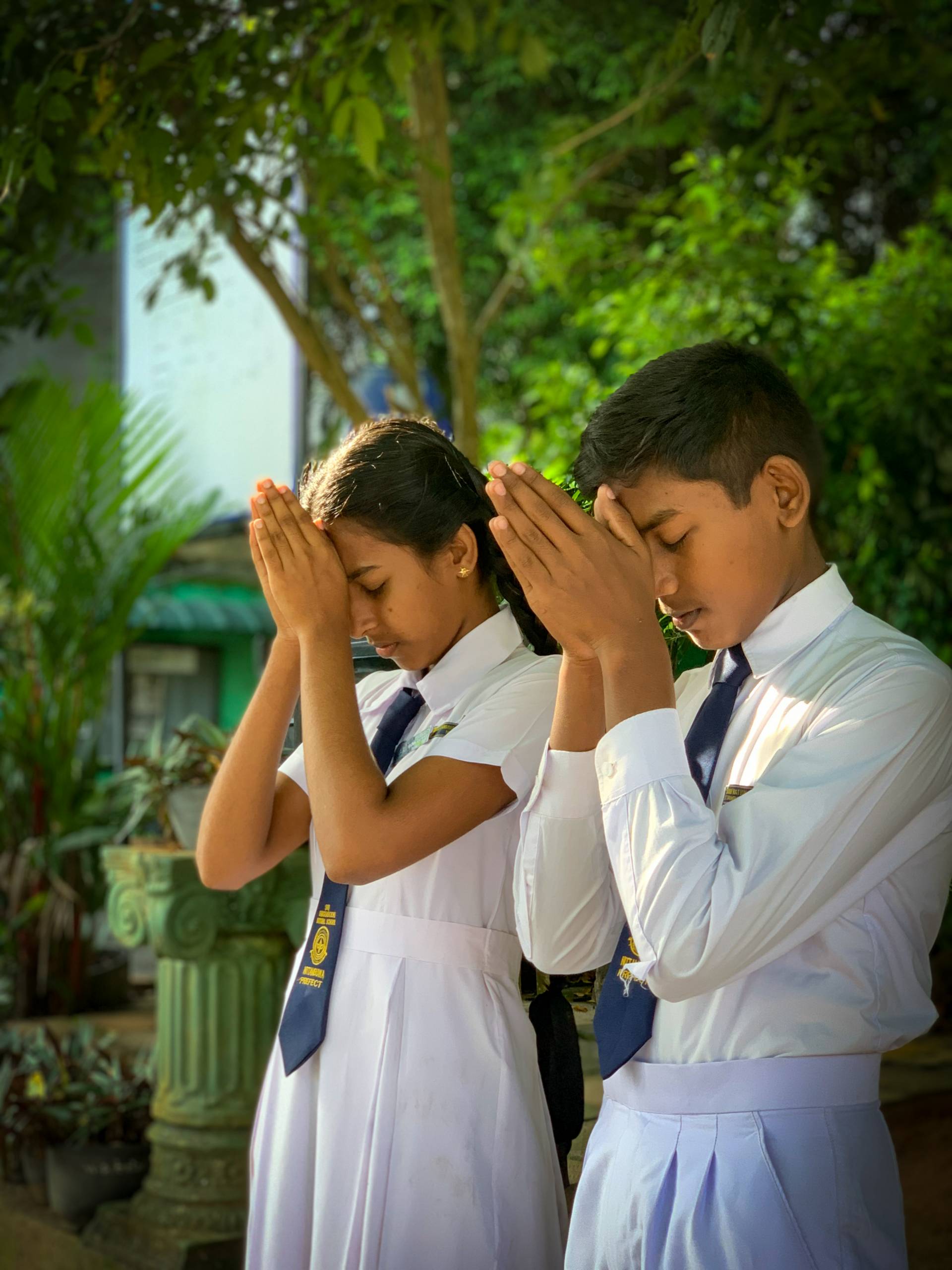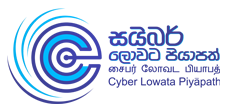School Media Unit is an organized group or department within a school that focuses on managing and creating media content, promoting communication, and enhancing the school's presence both internally and externally. This unit is responsible for various media-related activities, including producing school publications, managing digital platforms, and handling public relations.
Objectives:
- Communication: Improve communication within the school community and with external stakeholders.
- Content Creation: Develop and manage multimedia content such as newsletters, videos, and social media posts.
- Promotion: Enhance the school’s image and promote events, achievements, and programs.
- Student Engagement: Provide students with opportunities to engage in media and communications-related activities.
Key Components:
-
Media Production:
- School Newspaper/Newsletter: Producing regular print or digital publications that highlight school news, events, and student achievements.
- Yearbook: Creating a yearbook that documents the school year, featuring photographs, stories, and student contributions.
- Video Content: Producing videos for school events, announcements, or promotional purposes, including managing a school YouTube channel or similar platform.
-
Digital and Social Media:
- Website Management: Overseeing the school's official website, ensuring content is current and relevant.
- Social Media Presence: Managing social media accounts (e.g., Facebook, Twitter, Instagram) to share updates, engage with the community, and promote school activities.
- Blog: Running a school blog that covers various topics such as student achievements, educational articles, and school events.
-
Public Relations:
- Media Outreach: Building relationships with local media outlets and handling press releases or news stories related to school activities and accomplishments.
- Event Promotion: Designing and distributing promotional materials for school events and programs.
- Crisis Communication: Managing communication during emergencies or crises to ensure accurate and timely information is provided to the community.
-
Student Involvement:
- Media Club: A club or group where students can participate in creating content, learning about media production, and gaining experience in journalism, photography, or broadcasting.
- Internships/Volunteering: Offering students opportunities to work on media projects, gain practical skills, and contribute to the school’s media efforts.
-
Training and Development:
- Workshops and Courses: Providing training sessions or courses on media skills, such as writing, editing, photography, and video production.
- Skill Development: Helping students and staff develop skills relevant to media production and communication.
Benefits:
- Enhanced Communication: Improves the flow of information within the school community and with external audiences.
- Increased Engagement: Engages students, parents, and staff through various media platforms and content.
- Promotion and Visibility: Raises the profile of the school and highlights its achievements and activities.
- Skill Development: Provides valuable learning experiences and skill development opportunities for students interested in media and communications.
Challenges:
- Resource Management: Requires investment in equipment, software, and training, which can be a challenge for schools with limited budgets.
- Content Creation: Producing high-quality content consistently can be demanding and requires skilled personnel.
- Staying Current: Keeping up with rapidly changing media trends and technology can be challenging.
Overall, a School Media Unit plays a crucial role in managing the school's communication and media efforts, providing students with valuable learning experiences, and enhancing the school's presence and engagement with the community.
